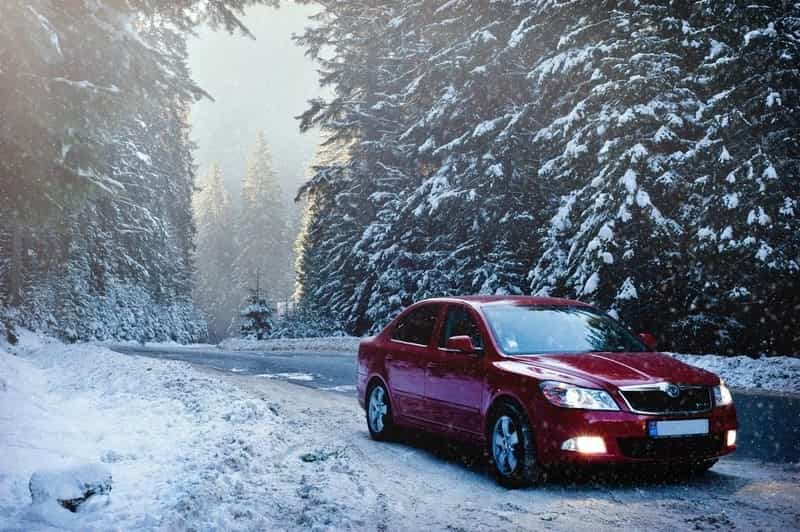Now is the time to prepare for challenging winter driving. Soon, temperatures will drop dramatically, causing ice and snow to build up on roads. Knowing what to do beforehand can help ease your worries and allow you to react properly during a moment of panic.
How can you stay in control of your car and your faculties when you’re faced with a frightening and unexpected moment of winter dread? Read on for great tips.
1. Prepare Your Car
Aside from mentally preparing for arduous winter driving, it’s important to also prepare your car. The cold, wind, and increased precipitation can take a heavy toll on your vehicle.
- Get winter tires put on your car. They should have deeper, more flexible tread.
- If you already have all-season tires, replace them if the tread is less than 2/32 of an inch
- Load test your battery. Turn on the headlights while the car remains turned off. After 15 minutes, start the car. If the headlights dim, you’ll want to consider replacing the battery.
- Check for damage to the wiper blades. Ripped wiper blades can dangerously inhibit visibility in treacherous weather.
- Add wiper fluid. Be sure it is rated for -30 degrees F, especially if you live in northern climes.
- Keep the gas tank at least half of the way full.
- Research cheap car insurance rates to obtain the best coverage available, so you can feel secure and less stressed all winter long.
- Check the cooling system to be sure it’s working well.
2. Learn How to Avoid Crashes
The best rule of thumb in winter driving is slowing down, regardless of clear skies. If the air temperature has been freezing or below, chances are good you will encounter some pavement ice.
- Keep a good 8-10 seconds between cars
- Don’t use cruise control in winter weather (or rainy) conditions
- Ease up on the brakes and the gas, accelerating and decelerating slowly will allow the car to adjust to any snow beneath the tires.
- Avoid stopping when you go uphill, if the hill is icy, it may be difficult to get going again.
- If your car skids, steer in the direction of it, so that when you’re able to regain control, you won’t overcorrect.
3. Before You Venture Out
Aside from being up to date on the mechanical aspects of the car, put in time before each outing to be certain the car is ready for you and the road.
- Remove any snow, ice or dirt from sensors so that various automatic features will continue to work (like emergency braking).
- Clean any and all external camera lenses and mirrors.
- Be sure all of the vehicle’s lights are free of snow and ice.
- In cold weather, warm up your car before driving it. This isn’t just so you’ll stay comfortable but also so your car isn’t shocked into sudden action.
- Watch the forecast. If there is a storm is brewing, delay your plans or find a safe stop along the way. Share your route with family or friends.
4. Get to Know Your Car
So many of us get behind the wheel, turn the key and go. But your car is an amazing machine with features you might not even realize. You can browse your vehicle’s manual to get a good idea of what your car offers safety wise.
- Traction control is offered on most new vehicles, and will help the driver gain control of the vehicle on impaired surfaces.
- ABS or anti-lock braking system is also available on most new vehicles and helps the driver steer by tires regain traction.
5. Keep an Emergency Kit in Your Car
While you can be as educated and knowledgeable as possible when it comes to avoiding crashes or break downs, sometimes, it just happens. There might come a time when you are forced to spend considerable time in your car. Be prepared to avoid stress, lessen panic, and emerge relatively unscathed by keeping these things in your car.
- Extra blankets
- First aid kit
- Flashlight with batteries
- Fully charged power bank for cellphone
- Bag of sand or kitty litter
- Ice scraper and snow shovel
- Extra hats, gloves, scarves
- Snacks and water bottles
- Flares and/or reflectors
- Extra windshield washer fluid
- Jumper cables
Don’t let anxiety get the best of you. There are plenty of actions you can take to help ease the stress of winter driving. If you’re driving down the street or out of state, be prepared, take it slow, and enjoy the snow!


